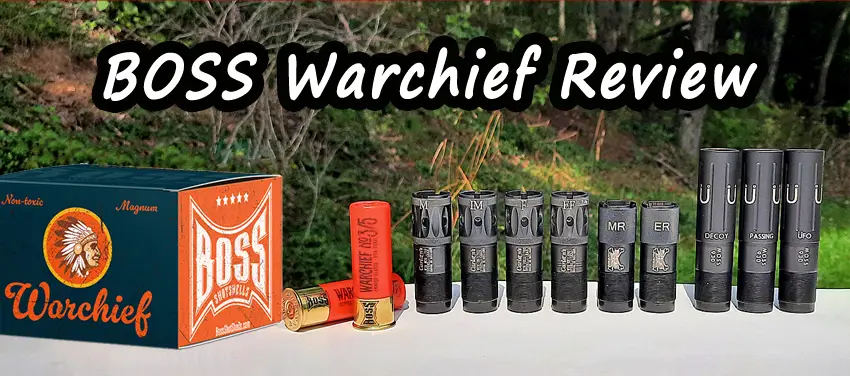No matter how well we shoot and how good our ammo, there will still be wounded and crippled ducks that need humanely and quickly put down. This is not a fun subject, but it is something all duck hunters need to be aware of. On this episode I talk about various scenarios of wounded ducks and give three different techniques to quickly dispatch them with minimal suffering.
Shotgun patterns are imperfect and are not capable of instantly killing a duck every time, even at reasonable ranges. Compound this with the fact that hunters are not perfect shots, and you will unfortunately have to deal with wounded ducks on a semi regular basis. This can be minimized with practice, more experience judging distance, and high-quality ammunition. But it will still happen from time to time. So, you must be equipped and prepared to deal with it under field conditions.
Wounded ducks may have varying degrees of mobility. They may be able to swim at full speed, above or below water, they may be able to walk or even run on land. They may be able to partially fly, they may even be stunned and able to full fly once they shake it off. To dispatch a wounded duck, you may very well have to catch it first. This is easiest if you have a hunting dog. If not, you will want to be very mobile and able to give chase readily.
One of the biggest lessons I have learned when hunting without a dog is to never take my eyes off a downed bird until I have it in hand. Always recover and deal with downed birds immediately. Never wait. You do not know if a bird is dead or not until you recover it. I have had birds belly up on the water that looked as dead as dead can be and 5 minutes later wake up and try to escape. Get your birds and confirm they are dead.
Do not hesitate to take a follow-up shot if a bird falls to the water but is still mobile. Every second will put the duck further away from you and further from ideal range. The longer you wait, the lower the chances will be of you recovering the bird. This often leads to the bird suffering worse and much longer. We need to avoid this as much as possible.
One you have a crippled bird in hand, there are numerous methods for dispatching the duck. In summary they include:
- Swatting Loads
- Cervical Dislocation.
- A Pithing Tool
Listen to this podcast episode to hear the specifics about those techniques and methods to find the one that works best for you.
Here is the visual guide for how to humanely dispatch a downed duck that I mentioned in the episode as well. These are some of the most important skills a waterfowl hunter can take into the field, because treating game with respect and preventing suffering is of the upmost importance.
Always work to judge distance well, to take ethical shots, to pattern test your shotgun, ammo, and choke tube combo, and do not push your limits. The fewer ducks that are crippled the better. but when a bird is wounded you must deal with it quickly. I wish I would have been able to listen to this podcast episode before I started waterfowl hunting. I ran into this issue firsthand and did not know the ideal ways to deal with it, that was not fun. Hopefully you will be better prepared than I was.


